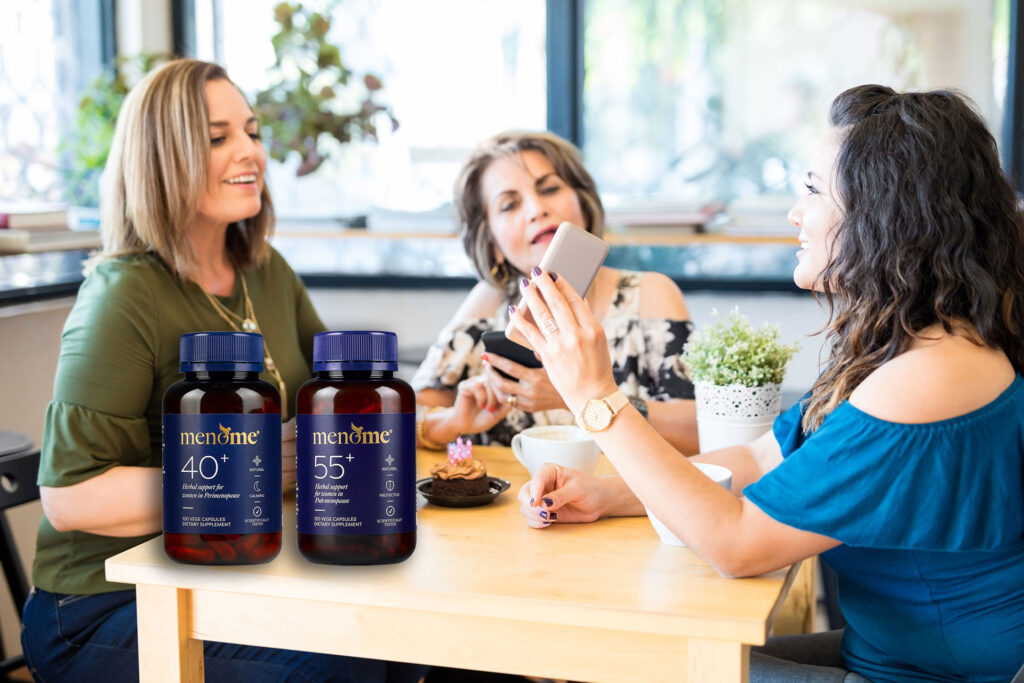Which One Should You Take? We explain 40+ & 55+
40+ and 55+. You’re in perimenopause or you’re post-menopause. Which should you take? Let us explain 40+ and 55+. They’re the two heroines we provide to help support you through perimenopause, post-menopause and beyond. The numbers relate to age and you’ll see on the labels that 40+ is recommended for perimenopause and 55+ is recommended […]
Which One Should You Take? We explain 40+ & 55+ Read More »









